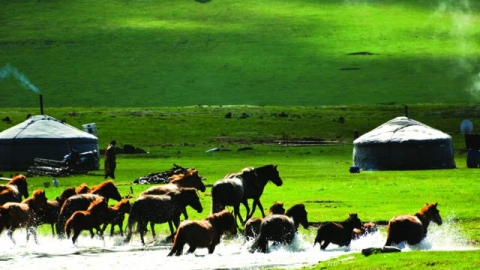During our 21-day trip to Egypt, we spent three days exploring the Siwa Oasis. The only way to get to the oasis is by bus, which takes more than 11 hours for the nearly 600km journey from Cairo.
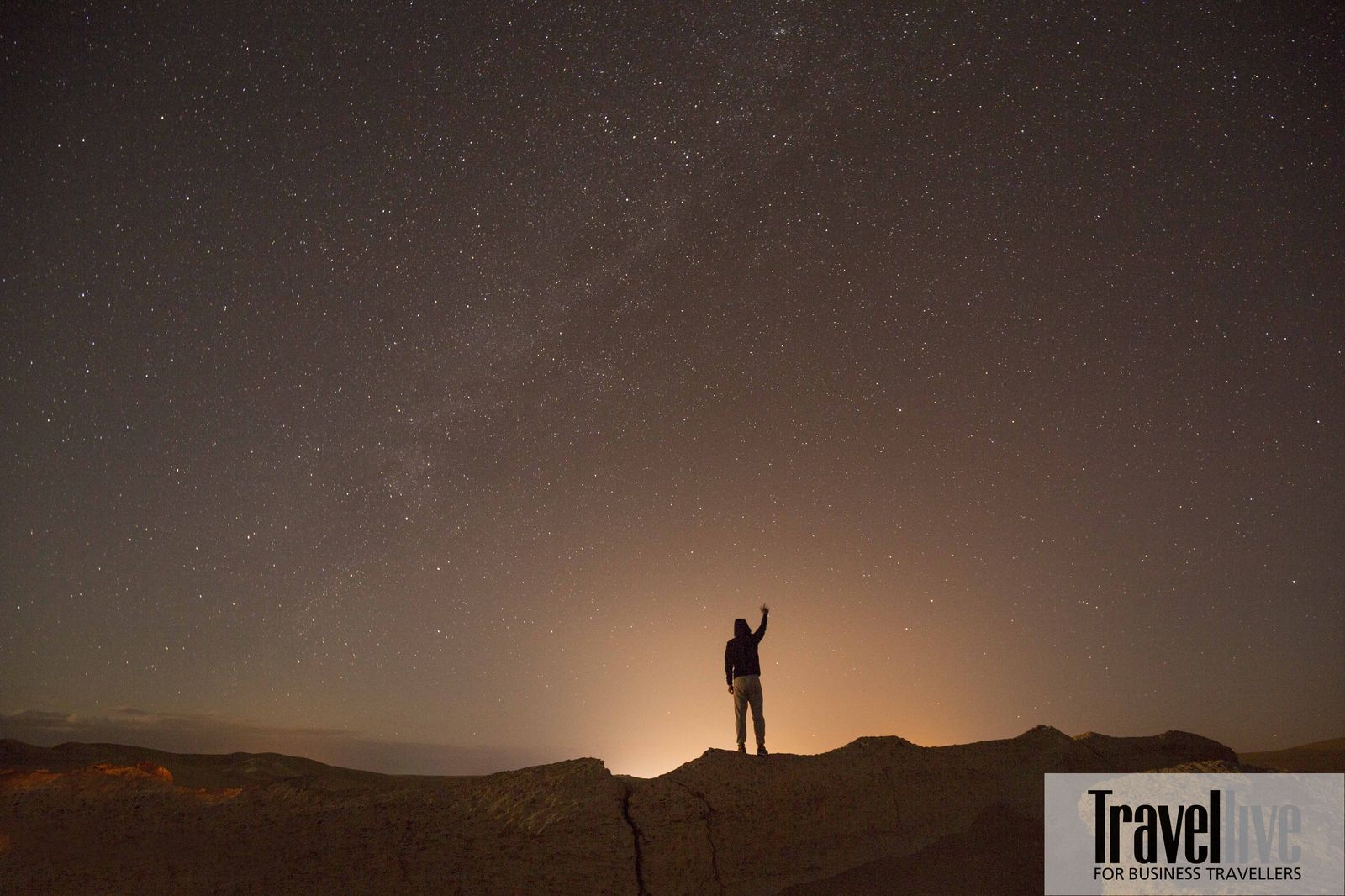 Photo: Tam Bui
Photo: Tam Bui
A desert oasis is like an island in the middle of the ocean, isolated from modern life on the mainland. In the past, to cross the desert, people had to travel in groups, carrying a lot of food and water. Members had to obey the "captain" because once in the desert, disobeying orders could lead to death due to one's own silly mistakes. Sometimes, the caravan unfortunately encountered rebels, was robbed or worse, lost their lives. But now, all it takes is a bus ticket to get there.

Siwa borders Libya to the west and the Mediterranean Sea to the north. We arrived at dawn. We hired a rickshaw driver to take us back to the hotel and had a good night's sleep after a long and tiring trip. We got up at noon, ate, and then rushed out onto the road with our cameras in hand.
Sunset dyes the 700-year-old fortress golden
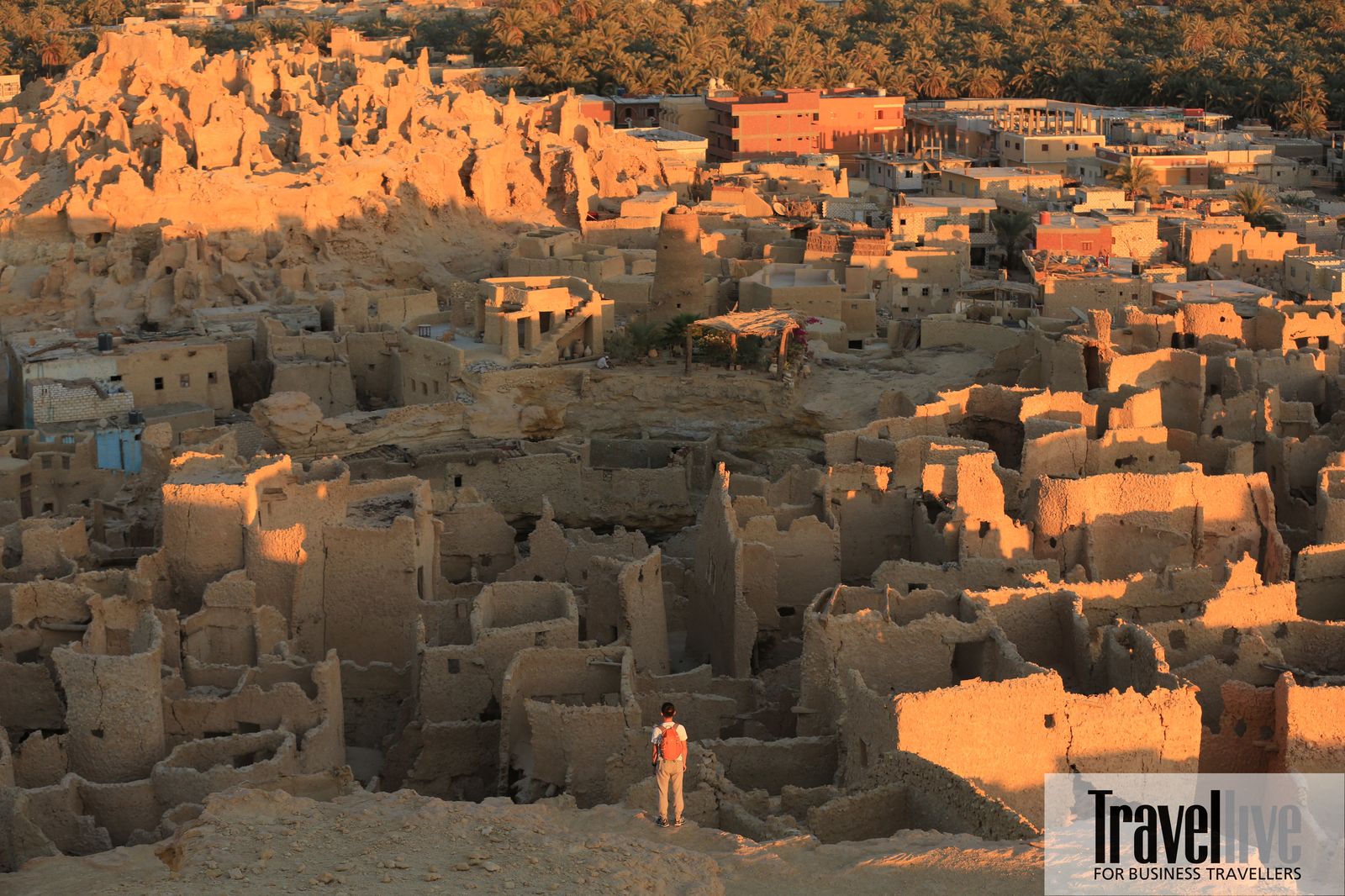
We climbed to the top of Shali Fortress to admire the panoramic view of the oasis at sunset. The oasis is surrounded by layers of date palm trees. Wherever I went on this oasis, I could see ripe dates falling all over the road. Date palms look like palm trees but have thinner leaves. The fruit grows in clusters like areca nuts, but is smaller than areca nuts. When ripe, the color darkens, exuding a lot of sugar and starch. Every day we picked up the dates that fell in front of our hotel room door to eat with delight.

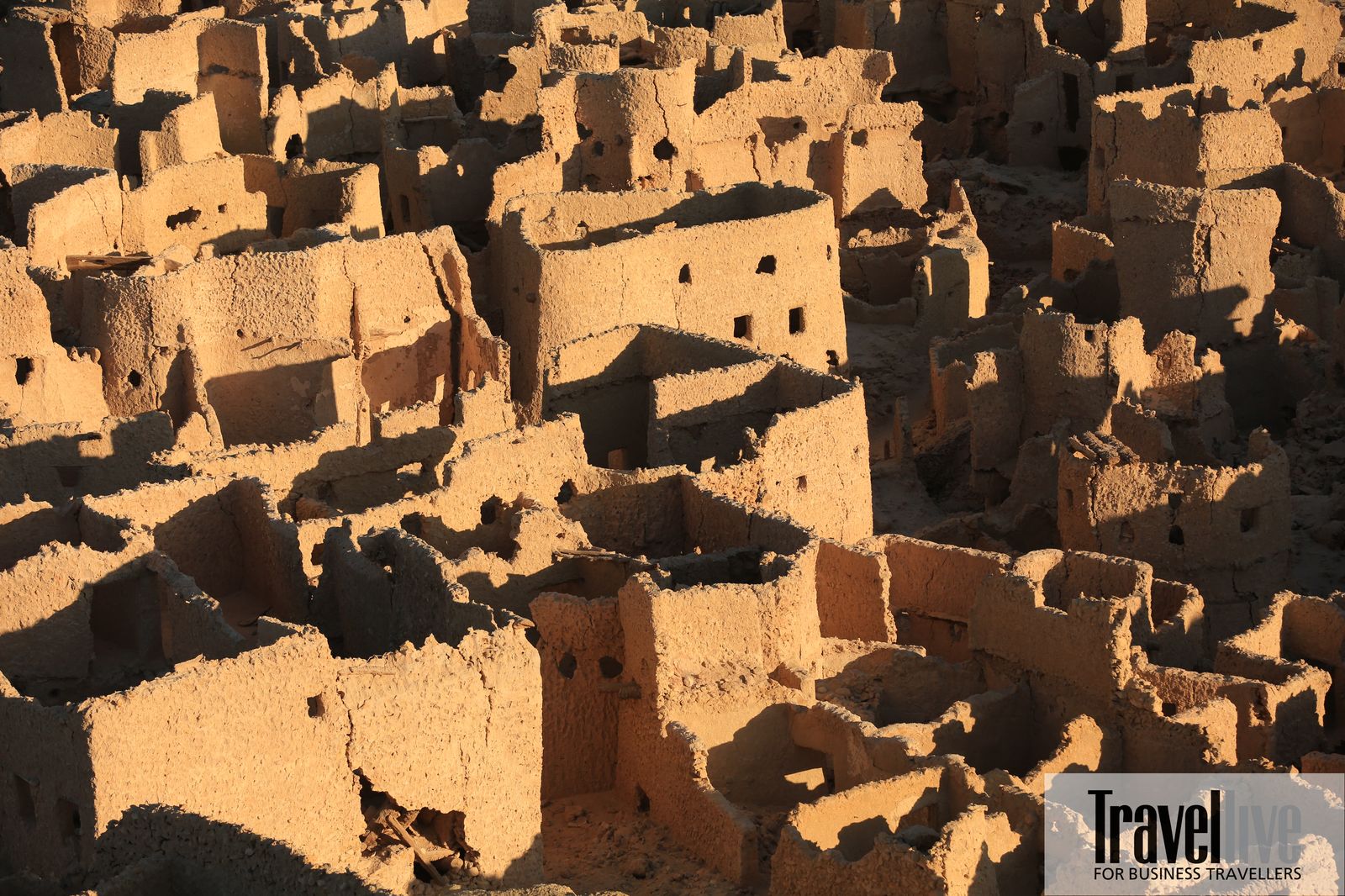
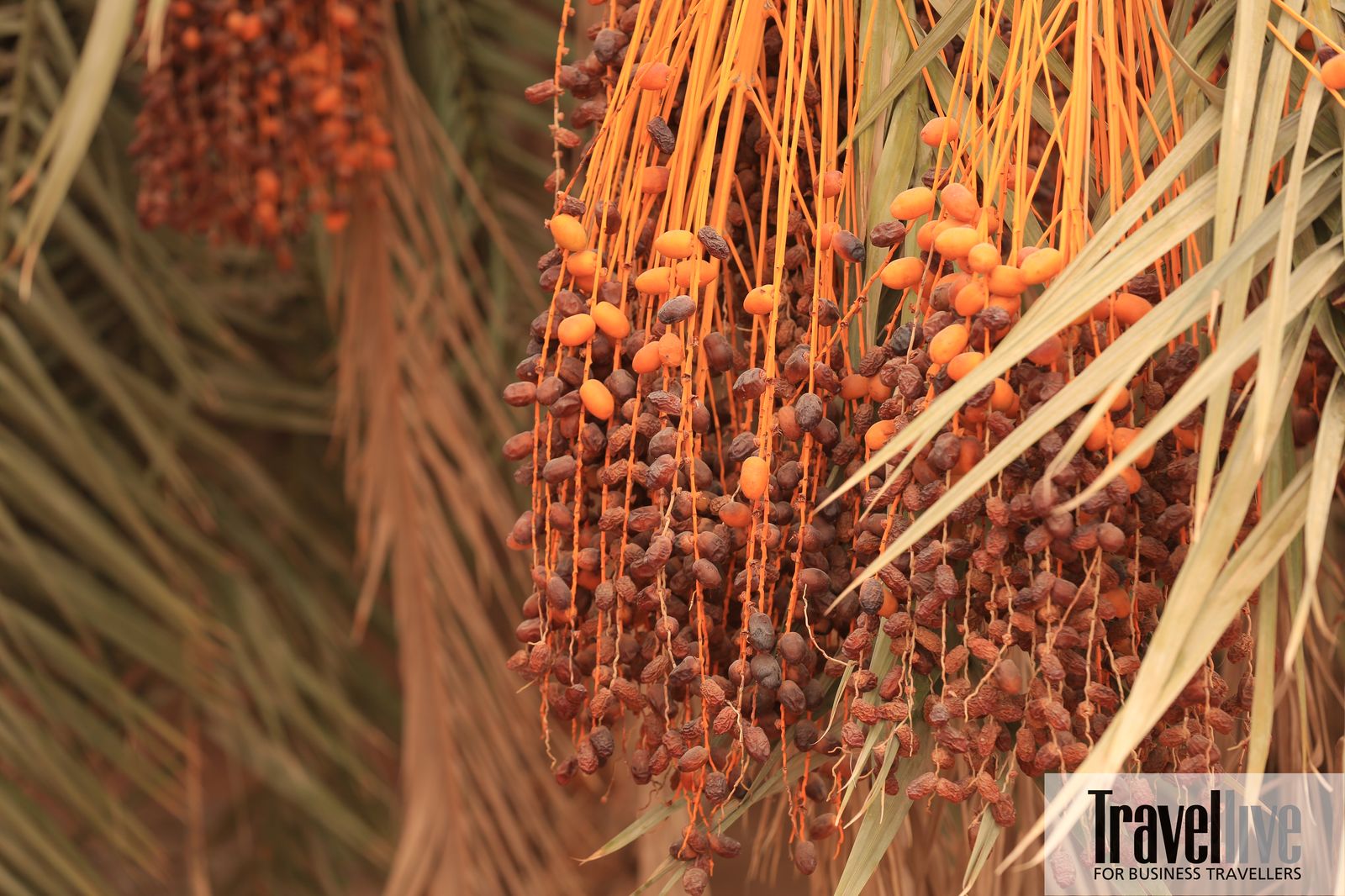
The place considered the pearl of Siwa that no tourist would want to miss when coming to the oasis is the ancient Shali Fortress. The fortress was built in the 13th century with a mixture of salt from a lake near Siwa, stone and clay. Because the desert has almost no rain, this mixture of materials can last over time. It took us nearly 20 minutes to climb from the bottom to the top of the fortress. But to have the best view, we also had to climb a hill about 2km away. In the afternoon, the old citadel was flooded with golden sunlight. There were a few households using part of the citadel as a house or as a place to sell souvenirs to tourists.
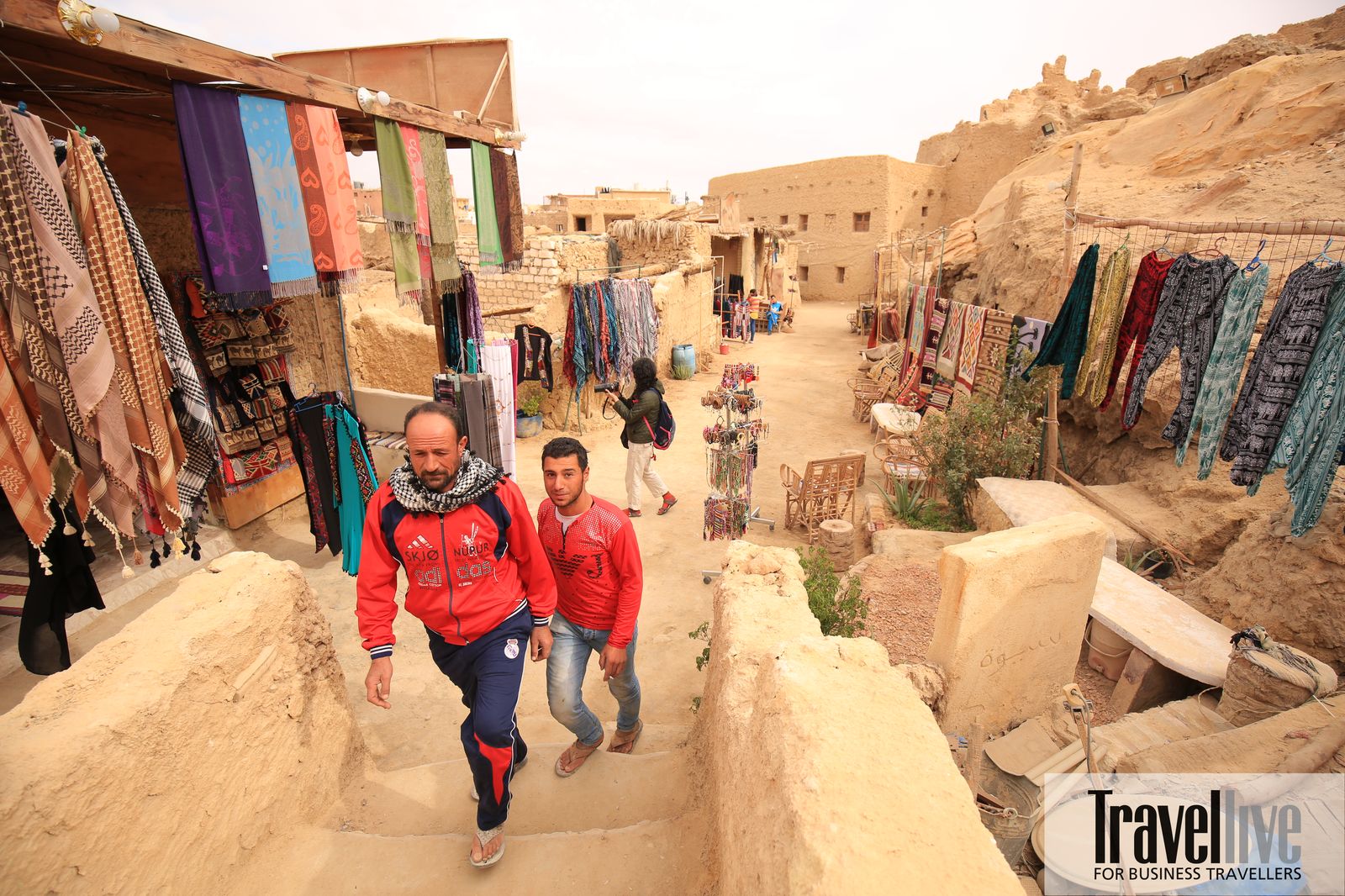
Despite being a land in the middle of the desert, the oasis still exists thanks to many underground water springs that gush out every day. This made me extremely curious. The Egyptian tour guide took us to a lake. Next to it, an underground spring was gushing out of the ground. People often gathered here to cool off every afternoon. On both sides of the lake, the Berber people grew crops to maintain their subsistence lifestyle, the way their ancestors had lived for centuries.

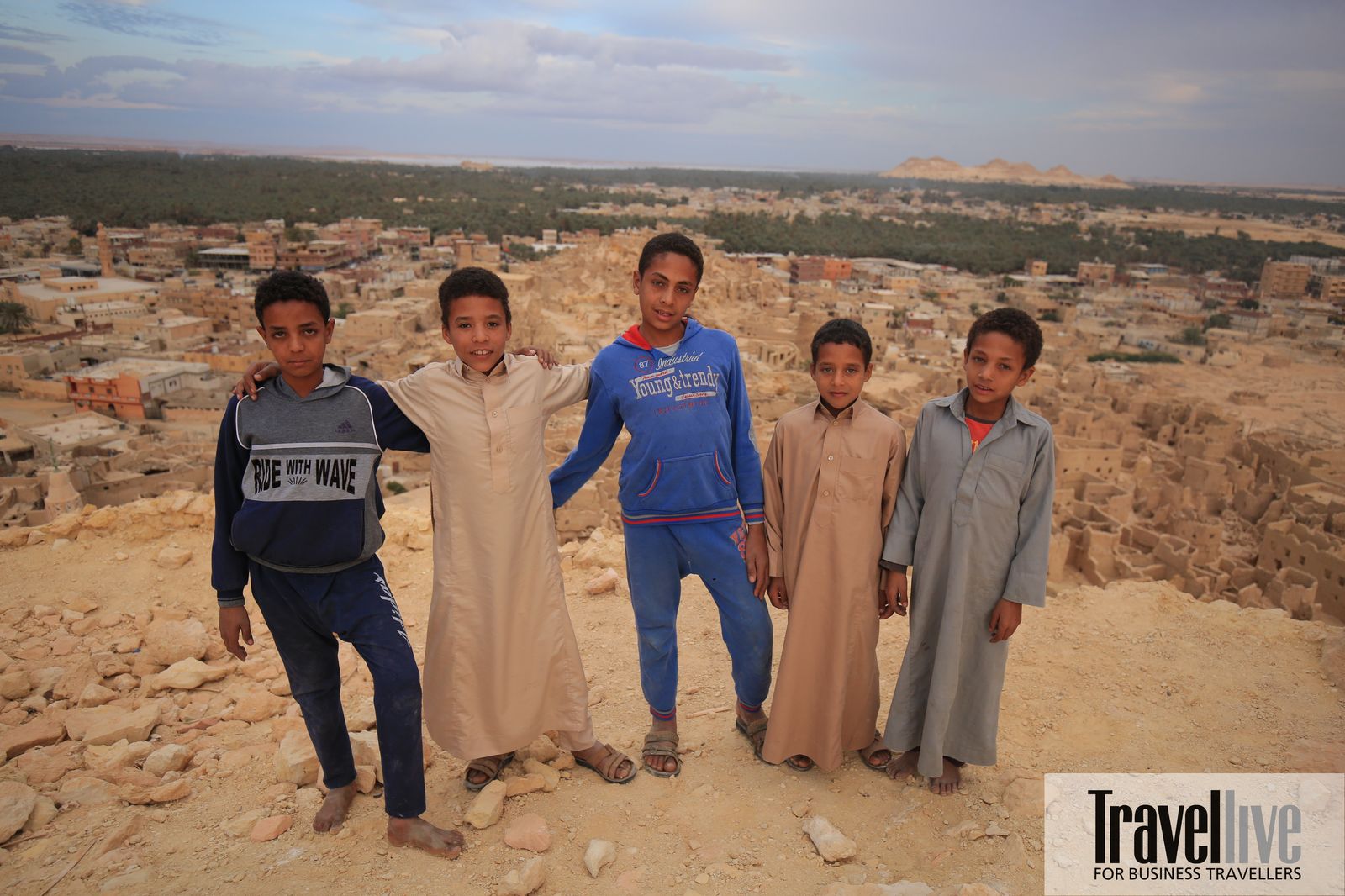
Living a nomadic life in the desert night sky
We hired a 4WD with driver, according to the hotel service, to take the whole group around the desert to watch the sunset. The sun set like a fire pan on the sand dunes in the distance. That night, we stayed at the tourist camp in the middle of the desert. The outside temperature dropped very low, only 7-8 degrees Celsius. Our stomachs were growling, we went to the fire to warm up and wait for the grilled chicken. The oasis chicken was put in an iron barrel, covered and buried in the sand. A big fire was lit right above the iron barrel to cook the chicken inside. We were hungry and cold, the smell of grilled chicken was irresistible. And then, we had the opportunity to enjoy what was probably the most memorable meal in our lives.

The desert night sky was crystal clear and filled with stars. We dressed warmly and headed up a nearby hill to take pictures of the Milky Way.milky way). While taking pictures, a desert fox came over and seemed to want to make friends! I felt danger so I jumped straight up to the nearby high rock. The fox saw the movement and ran away. It seemed that night it had “spyed” on these strangers because when I woke up in the morning, I saw fox footprints all around the tent. What a scare!
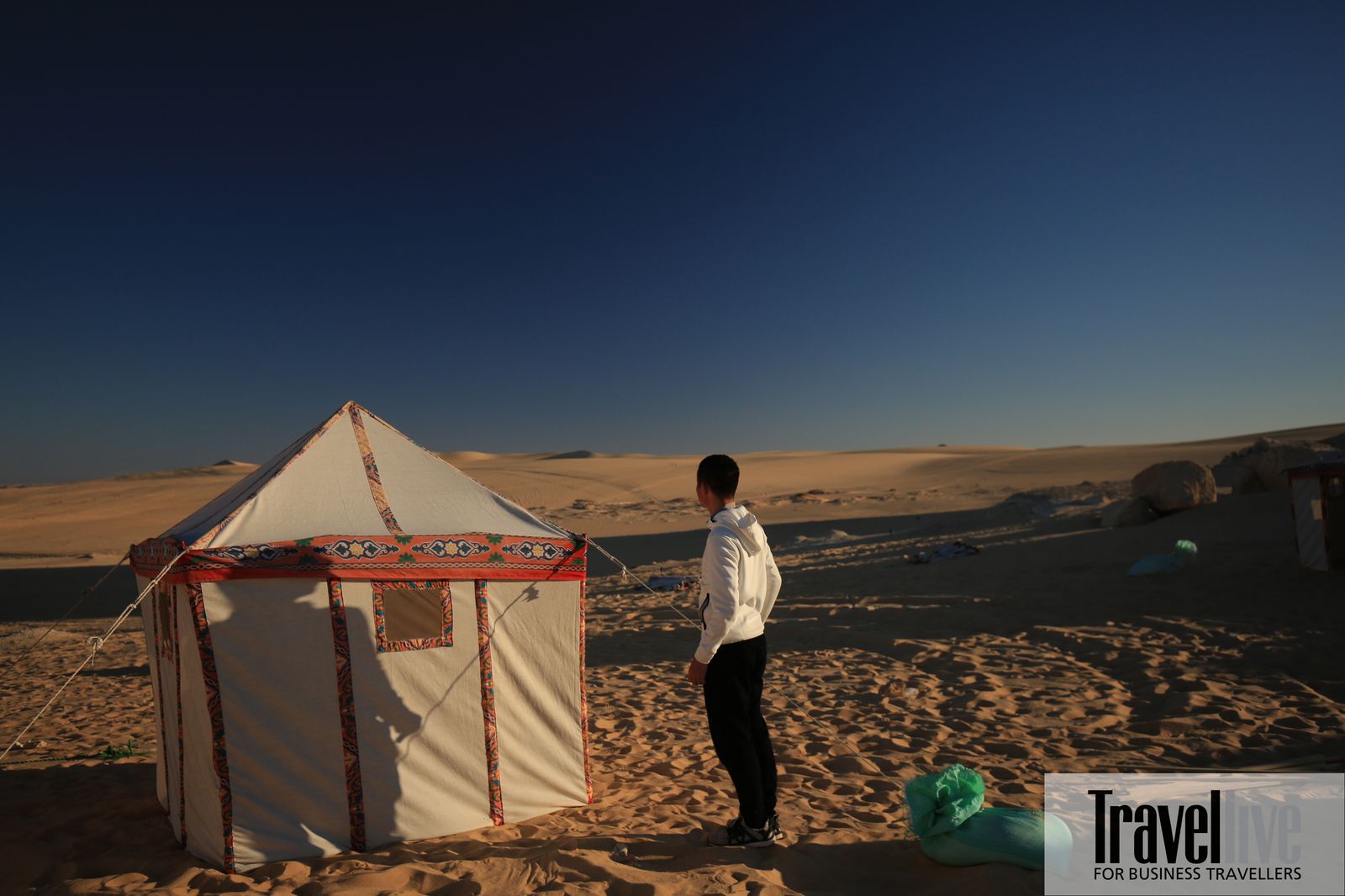
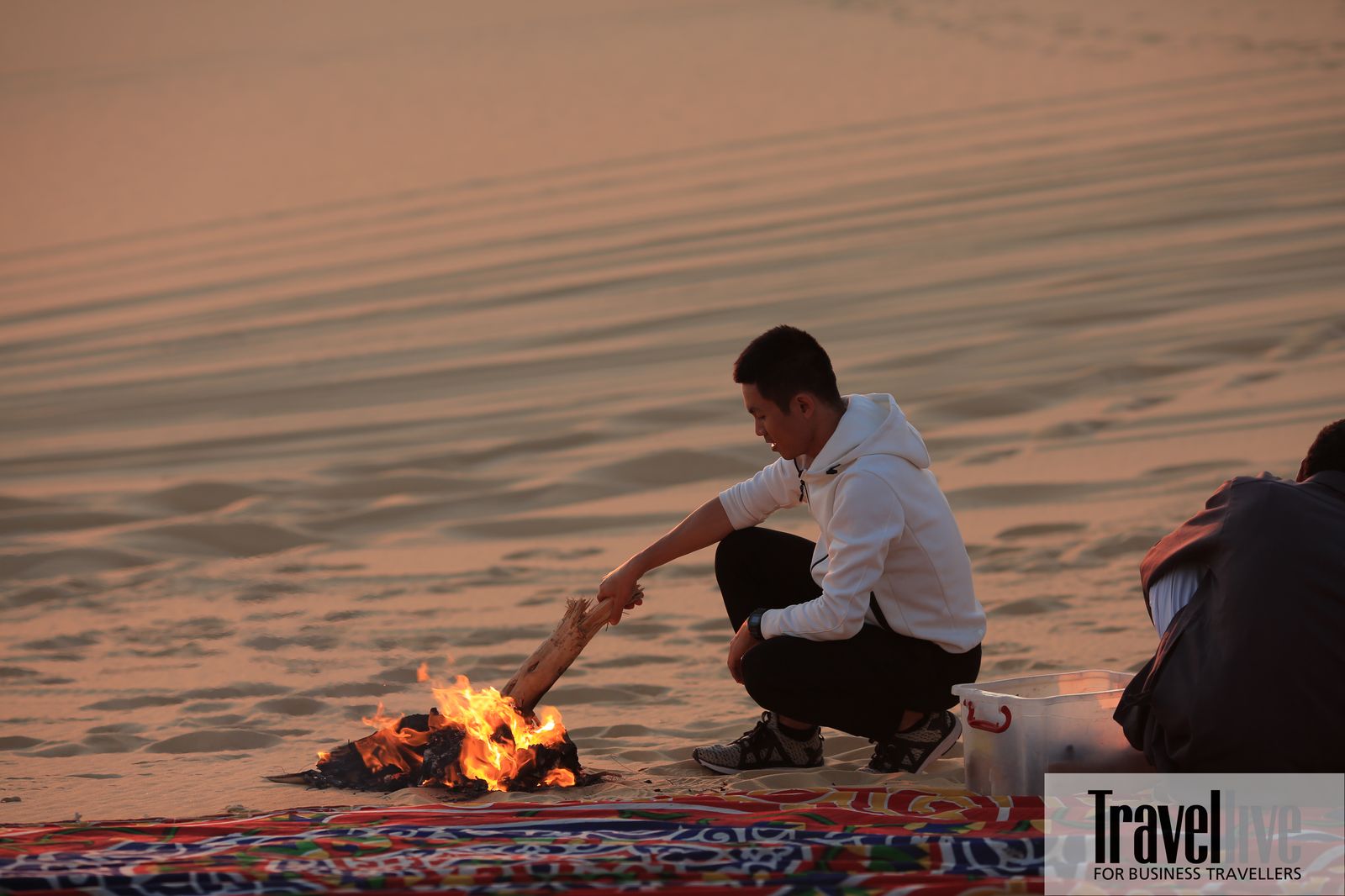
Our tent area consisted of about 10 small tents, set up around a rectangle. All tents had no doors. The largest tent could sleep about 15 people. The smaller tents could sleep 4-5 people. Blankets and pillows were provided. Each person was also given a very thick sleeping bag to protect against the cold at night. In the middle of the desert without electricity, from dusk everyone started to light torches around the tents. The camp owner lit a very large fire in the middle of the camp to keep warm all night.
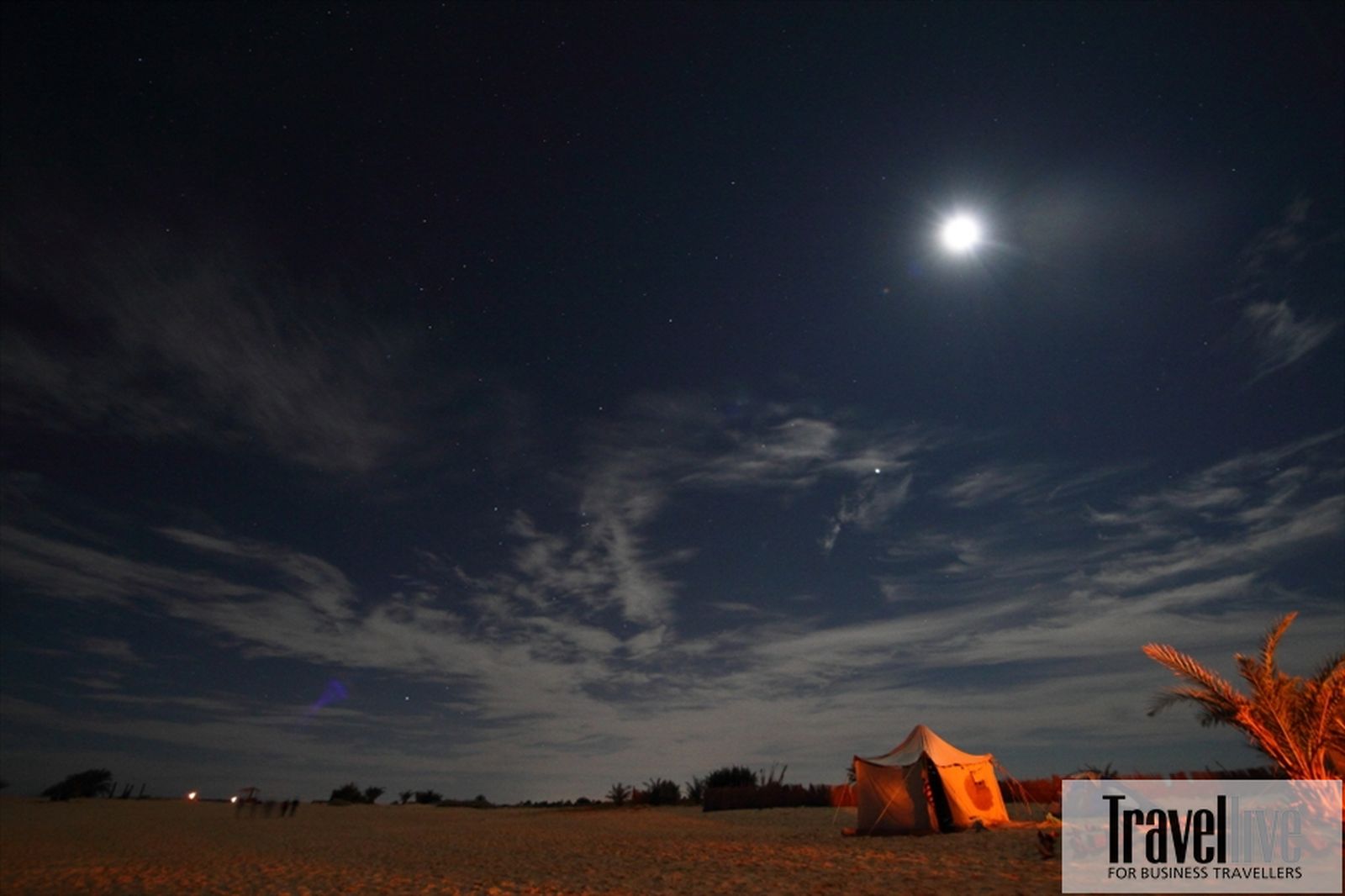 Photo: Tam Bui
Photo: Tam Bui
It felt like we were living in the world of “One Thousand and One Nights”. In the middle of the cold and silent desert night, in a small tent, we huddled together, chatting and telling each other some ancient stories about Arabia. This was a very interesting and unique experience that everyone should try at least once when coming to Egypt.
More information
+ Itinerary: From Ho Chi Minh City, you must transit at Abu Dhabi airport, then take a connecting flight to Cairo. There are many airlines for you to choose from, of which Etihad is the one with the cheapest price. If you buy tickets early, a month in advance, you will get a good price, about 850 USD for a round-trip ticket.
From Cairo to Siwa, you continue by seated bus, which is the most popular means of transport for this journey. The journey is quite tiring because it takes 11 hours to sit on the bus and the road is not very good.
+ Visa: Egyptian visas are issued to Vietnamese tourists with simple procedures, but are only issued in Hanoi. If you are in Ho Chi Minh City, you should choose a visa service in Hanoi to save time and travel costs. Fee is 30 USD/person.
+ Unique experience: There is a most unique tour in Siwa which is camping overnight in the desert. This tour is operated by an Egyptian travel company, you can check the information at your hotel. The cost is about 45 USD/person for a one-night desert tour. There is a private car to pick you up and take you to the hotel. In the desert, you should only stay one night because at night there is nothing else to do in the desert except make a fire, eat grilled chicken and watch the stars.
+ Cuisine: Egyptian food tastes a bit difficult for Vietnamese people to eat. So our group often looks for small restaurants with many Western customers to go to. Experience shows that wherever Western customers can eat, they make food with international taste, meaning it is not too local so that everyone can eat it.
+ Travel expenses: Our group went to Egypt for 21 days, the total cost of food, transportation, sightseeing, and hotel was 45 million VND/person. On average, each person spent 2.1 million VND per day.















_result.jpg.jpg)
.jpg.jpg)







